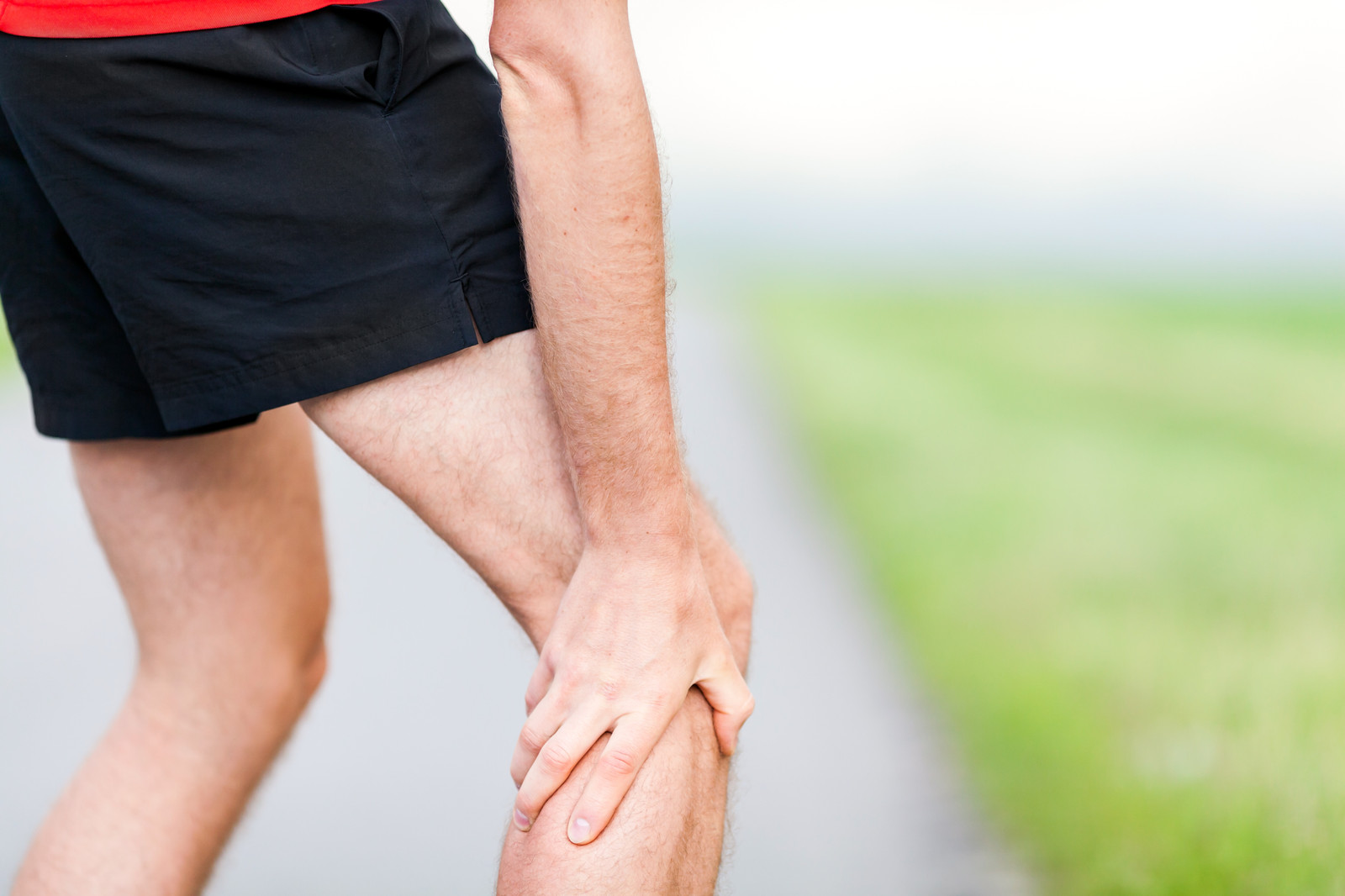Running Injury Prevention: 3 Things Every Runner Should Know

If you want to get the best results out of your training, here are three things you should be doing (or not doing) for running injury prevention!
1. Run Easy!
I’ve heard a common phrase repeated by many physical therapists and sports chiropractors who work with runners. It goes something like this, “80% of runners end up injured because they’re training at 80% intensity, 80% of the time.” I like the idea of using a heart rate monitor to keep 80% of your running easy and only 20% of your weekly mileage at a hard intensity.
Not many people follow professional running, but Jakob Ingebrigtsen from Norway is a current superstar on the track. At the Diamond League meet in Paris, he ran a World Record in the 2-mile race. During his post-race interview, he commented on what he thinks is one of the biggest mistakes most runners make.

Whether your goals are highly competitive, like qualifying for the Boston Marathon, or more fitness-based, like finishing your first 5k, this is something that applies to most runners. It is critical for running injury prevention to keep your easy runs easy! If one of the fastest runners in history makes sure not to train too hard, you should too! If you’re on Instagram, I highly recommend reading the rest of his quote too. It definitely addresses why I often found myself pushing too hard during an easy run.
2. Side Planks For Glutes
As a running specialist, I am frequently fighting a battle to get runners to incorporate strength training for running injury prevention. I get it! Runners want to run, and lifting weights can feel like a necessary evil for many of us. At least most runners are willing to do some core work. I have a handful of favorite core exercises I prescribe for athletes, and I try to sneak in some glute strengthening along with the core work. Side planks is one of those exercise because of the high levels of activation for Glute Medius and Minimus. This article compared popular exercises to examine their activation of different muscles. A key take away was the plank, but you can also see how some of our other favorite exercises, like Single-leg RDLs, Hip Thrusts, etc measure for glute activation.
3. Limit Your Training in Super Shoes
This is a question I’ve been receiving with increasing frequency. As “super shoes” become more popular, more people are wondering about the benefits or pit-falls of training in these shoes. While not much research has been done on training in these shoes, there have been a couple of pilot studies. One of these articles talks mostly about super-spikes for track athletes, but the study showed a greater improvement in running economy for the group that trained in traditional flats versus the group in Nike super shoes. However, the group in flats had more soreness and foot pain.
Another study looked the benefit to average runners in these shoes. While elite runners (those running faster than 7:00 pace in a marathon for this study) experienced an average of 2% improvement, slower runners did not see the same benefit. For this study, the researchers tested 16 runners at far slower paces than in the previous studies. These runners ranged from an 8:03 mile pace to a 9:40 mile pace. The researchers found that runners running at 9:40 mile pace improved their running economy by just 0.8 percent, on average, while those running 8:03 pace improved by 1.6 percent.
My current recommendation to my patients and running clients is no more than 10-15% of weekly running volume in super shoes. Since much of this is still preliminary and based on small study samples, I’d love to hear what works well for you!
 262-373-9168
262-373-9168




